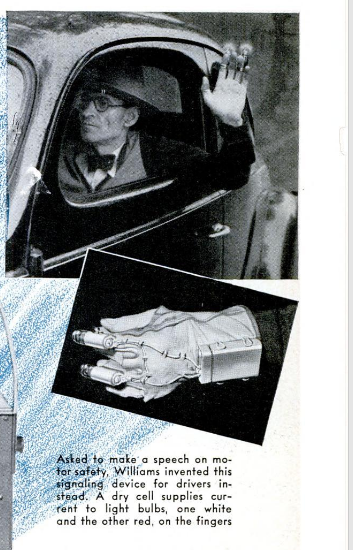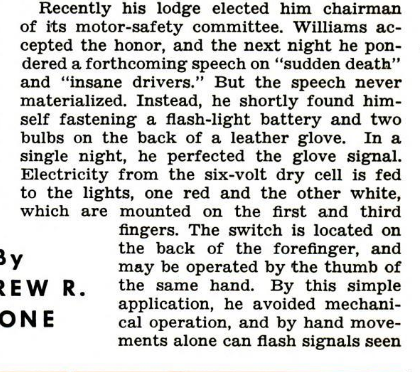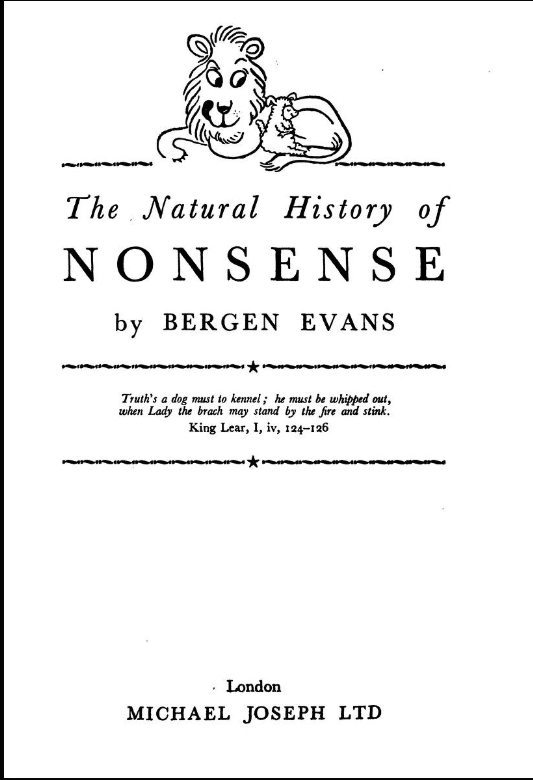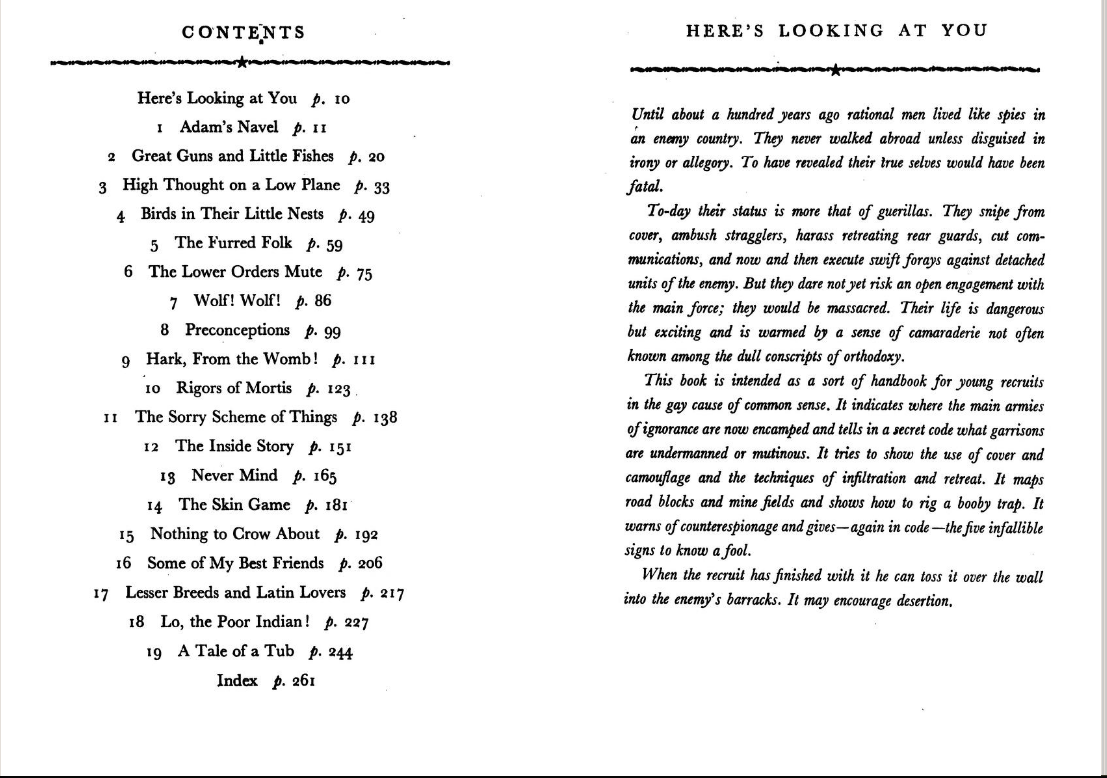March 2020
March 26, 2020
He Opens Doors
The YouTube channel "I Open Doors" is all about opening doors. Every day the guy who runs it (he remains anonymous) posts a short video of himself opening a door. It's usually a different door each day. He’s been doing this now for almost a year.His most popular video (below) shows him opening a toilet door in an airplane.
He only shows himself opening doors with his left hand, but he promises that if his channel ever reaches 100,000 subscribers he’ll reveal his right hand. As of now (Mar 2020) he’s at 513 subscribers. So he's got a ways to go.
You can read an interview with him at theverge.com.
Posted By: Alex - Thu Mar 26, 2020 -
Comments (1)
Category: Boredom, Video
One Crazy Summer: The Animated Bits
The movie's Wikipedia page.
Posted By: Paul - Thu Mar 26, 2020 -
Comments (4)
Category: Anthropomorphism, Movies, Cartoons, 1980s
March 25, 2020
Cucumber Sandwich Patent
Artist Alex Stenzel not only invented a cucumber sandwich, but in 2006 he managed to obtain a patent for it. It's a design patent, but a patent nonetheless.His idea was to hollow out a cucumber and stuff it with ingredients. He then used one end of the cucumber to plug up the other stuffed side. He called this a 'gorilla sandwich'.

The site dailytitan.com offers some details about how Stenzel came up with his idea:
The name 'Gorilla Sandwich,' according to Stenzel, was chosen after researching gorillas and discovering their diet consists of many greens that are high in protein.
"I'm very much into health," Stenzel said. "I've always been playing around with different types of herbs and different kinds of vegetables."
Stenzel, who is originally from an industrial area in Germany, came across this idea when confronted with a choice: eat his salad at home or store it inside a hollowed-out cucumber to make it portable enough to take to the beach with him. For Stenzel, who is a surfing enthusiast, the answer was obvious, and he was soon off to the beach to 'kiss the waves,' as he calls it, with his new edible invention. Stenzel also has had a world ranking for three different sports: tennis, mountain biking and the Iron Man World Championships in Hawaii in 1986.
"To reach the highest performance level possible, I experimented with different healthy diets," he said.
Stenzel has posted a series of videos on YouTube that provide complete instructions on how you can make your own gorilla sandwich.
Posted By: Alex - Wed Mar 25, 2020 -
Comments (0)
Category: Food, Vegetables, Inventions, Patents
Light-up Traffic Glove



Source.
Posted By: Paul - Wed Mar 25, 2020 -
Comments (5)
Category: Inventions, 1930s, Cars
March 24, 2020
The man whose blindness, deafness, and baldness was cured by lightning
We've reported a few cases on WU of people who have experienced accidental (and improbable) cures, such as the woman whose deafness was cured by a sneeze. One of the most famous examples of this phenomenon is the case of Edwin Robinson, who claimed that being struck by lightning cured him of his blindness and near-total deafness.The lightning strike occurred on June 4, 1980 when he ventured outside of his home in Falmouth, Maine to rescue his pet chicken from the rain. After lying unconscious for 20 minutes, the 62-year-old Robinson awoke to find himself cured of the ailments that had plagued him since a road accident nine years earlier. An ophthalmologist who examined him, Dr. Albert Moulton of Portland, said: "There is no question but that his vision is back. He can't move his eyes, but his central vision is back... I can't explain it. I don't know who can. I know some of my peers in Washington, maybe, will say it's hysterical blindness. I can't see it. It couldn't have lasted this long. From the physical findings originally, he was definitely blind."

Edwin Robinson reads about his miraculous recovery
Later, Robinson even claimed that new hair had begun to grow on his bald head. He remarked to the NY Times, "I'm all recharged now, literally... It's coming in thick. My wife is all excited about it. I was bald for 35 years. They told me it was hereditary."

Los Angeles Times - July 5, 1980
Later, Timex took advantage of Robinson's fame to feature him in a 1990 ad. Although the messaging seems a bit confused. Once broken, but now miraculously fixed?
Also, it's hard to tell, but he doesn't seem to have a full head of hair. He must have lost it again.

Source: AdsPast.com

St. Louis Post Dispatch - June 7, 1980
Posted By: Alex - Tue Mar 24, 2020 -
Comments (3)
Category: Health, 1980s, Eyes and Vision
The Mystery of the Leaping Fish
In this unusually broad comedy for Fairbanks, the acrobatic leading man plays "Coke Ennyday", a cocaine-shooting detective who is a parody of Sherlock Holmes. Ennyday is given to injecting himself from a bandolier of syringes worn across his chest, and liberally helps himself to the contents of a hatbox-sized round container of white powder labeled "COCAINE" on his desk.
Wikipedia page.
Posted By: Paul - Tue Mar 24, 2020 -
Comments (3)
Category: Addictions, Detectives, Private Eyes and Other Investigators, Drugs, Humor, Parody, Movies, 1910s
March 23, 2020
Automatic Tarot Machine
Invented in the late 1970s by Vincent Siano and his cousin Nicholas Piazza. They named it the Tarottells Machine. However, it doesn't seem to have ever made it onto store shelves. So, for now, tarot readers remain unthreatened by the automation that has swept other industries.
Nicholas Piazza with the Tarottells Machine
Some details about the Tarottells Machine from an AP News story by Kay Bartlett (June 11, 1978 in the Allentown Morning Call):
Siano, an artist at Grumman Aircraft and a textbook illustrator, rises to lyrical heights demonstrating his machine: "This is the first time in the history of the world — the first Tarot machine. Automation has come to Tarot..."
The machine, with cursor and compass, has a custom carrying case. The game is made of black plastic and bright orange Tarot cards and measures some 27 inches square.
You get the cards' message by pressing a lever to cut the cards three times to the left — mandatory procedure in Tarot. Then they spin around until another lever activates a silver pointer that singles out the card.
"We have also incorporated astrology to get the best possible reading," says Siano, whipping out a tray of beautifully drawn figures of the Zodiac. "And we have also adopted ESP into this machine.
"You'll get a better answer from this than any Ouija Board. What we need is a dynamic corporation that has the guts to turn this thing out."
Siano says a big toy manufacturer had the machine in its vaults for six weeks, but the man who thought it a good idea was fired and the machine was returned.
Posted By: Alex - Mon Mar 23, 2020 -
Comments (1)
Category: Inventions, Predictions, Technology, 1970s
The Natural History of Nonsense
Published in 1947, THE NATURAL HISTORY OF NONSENSE remains as relevant today as ever.Read the whole volume here.
Some notion of its contents and approach seen below.



Posted By: Paul - Mon Mar 23, 2020 -
Comments (2)
Category: Skeptics, Debunkers, and Rationalists, Books, 1940s
March 22, 2020
The collar saw of Carl Kusch
Carl Kusch of Germany invented a way that a person would never be without a saw when they needed one, because the saw could be worn around their neck at all times. From his 1909 patent:The invention consists in a flexible saw frame convertible at any time by suitable means into a rigid frame and which is so constructed that the saw blade can be put into the frame in the known manner, when the saw is used as a tool, or be fixed to the flat side of the frame when the frame is used as a guard. In the latter case the frame of the saw protects the dress or the body from contact with the saw blade.

Kusch evidently had high hopes for his invention, because he obtained patents for it in the United States, Great Britain, France, Switzerland, Austria, and Germany. Although in his patent he never explained who he thought was going to buy the thing. The military, I'm guessing, because it seems designed to be part of a German soldier's uniform. Although as far as I know, no army ever outfitted its soldiers with this thing.
Posted By: Alex - Sun Mar 22, 2020 -
Comments (7)
Category: Fashion, Inventions, Patents, Military, 1900s
National Doughnut Queen 1952

Source.
Diane Scholen, left, and Pat Kizeminski, right (runners-up) place doughnut crown on Nancy Templeton, National Doughnut Queen
Posted By: Paul - Sun Mar 22, 2020 -
Comments (4)
Category: Awards, Prizes, Competitions and Contests, Beauty, Ugliness and Other Aesthetic Issues, Food, 1950s
| Get WU Posts by Email | |
|---|---|

| Who We Are |
|---|
| Alex Boese Alex is the creator and curator of the Museum of Hoaxes. He's also the author of various weird, non-fiction books such as Elephants on Acid. Paul Di Filippo Paul has been paid to put weird ideas into fictional form for over thirty years, in his career as a noted science fiction writer. He has recently begun blogging on many curious topics with three fellow writers at The Inferior 4+1. Chuck Shepherd Chuck is the purveyor of News of the Weird, the syndicated column which for decades has set the gold-standard for reporting on oddities and the bizarre. Our banner was drawn by the legendary underground cartoonist Rick Altergott. Contact Us |

